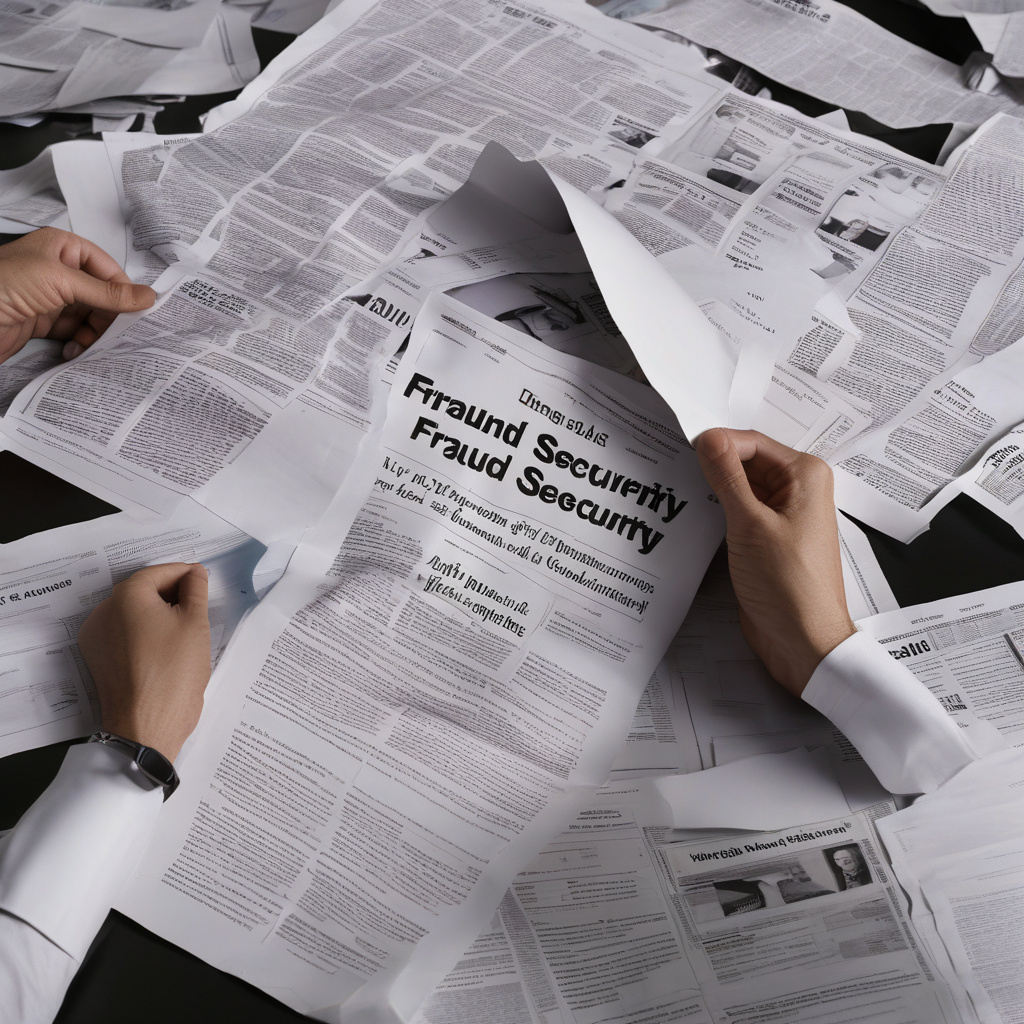Criminals Exploit Weak Mail Security in New Fraud Surge
In the ever-evolving landscape of fraud, criminals are finding new ways to exploit weaknesses in traditional systems. One such method that has seen a surge in recent times is the exploitation of weak mail security for old-fashioned cheque fraud, but with a modern, digital upgrade.
Cheque fraud has been a longstanding issue for banks and financial institutions, with criminals using various techniques to cash fraudulent cheques and siphon money from unsuspecting victims. However, as more businesses and individuals move towards digital payment methods, the focus on cheque fraud may have waned in recent years. This shift in focus has provided an opportunity for criminals to adapt their tactics and take advantage of vulnerabilities in the mail system.
One of the ways criminals are exploiting weak mail security is by intercepting cheques in transit. With the rise of online bill payment and direct deposits, fewer people are sending cheques through the mail. This reduction in volume makes it easier for criminals to target specific individuals or businesses that still rely on cheque payments. By stealing cheques from mailboxes or postal service collection points, fraudsters can alter the payee information or the cheque amount before cashing it at a bank or check-cashing service.
Another method used by criminals is the creation of counterfeit cheques. By obtaining the necessary account information through phishing scams or data breaches, fraudsters can produce realistic-looking cheques that appear legitimate to unsuspecting recipients. These counterfeit cheques are then deposited into the fraudster’s account, with the funds withdrawn before the victim or the bank realizes the fraud.
The digital upgrade to old-fashioned cheque fraud comes in the form of technology-enabled schemes. Criminals are using online tools and software to forge signatures, alter cheque details, and even create entirely fake cheques without the need for physical documents. These digital techniques not only make the fraud faster and more efficient but also harder to detect through traditional means.
So, what can individuals and businesses do to protect themselves from this new wave of fraud? Here are some tips:
- Opt for Digital Payments: Whenever possible, choose electronic payment methods over cheques to reduce the risk of interception or forgery.
- Secure Mail Delivery: If you must send or receive cheques by mail, use secure mailing options that require signatures upon delivery or opt for registered mail services.
- Monitor Accounts Regularly: Keep a close eye on your bank accounts and transaction history for any unauthorized or suspicious activity.
- Educate Employees: For businesses still using cheques for payments, provide training to employees on how to spot counterfeit cheques and phishing attempts.
- Report Suspicious Activity: If you suspect that you have been a victim of cheque fraud or have encountered any suspicious activity, report it to your bank and local authorities immediately.
By staying vigilant and adopting secure practices, individuals and businesses can help combat the surge of fraudsters exploiting weak mail security for digital cheque fraud. As technology continues to advance, so too must our efforts to protect ourselves from evolving threats in the financial landscape.
fraud, mail security, cheque fraud, digital upgrade, online payment
